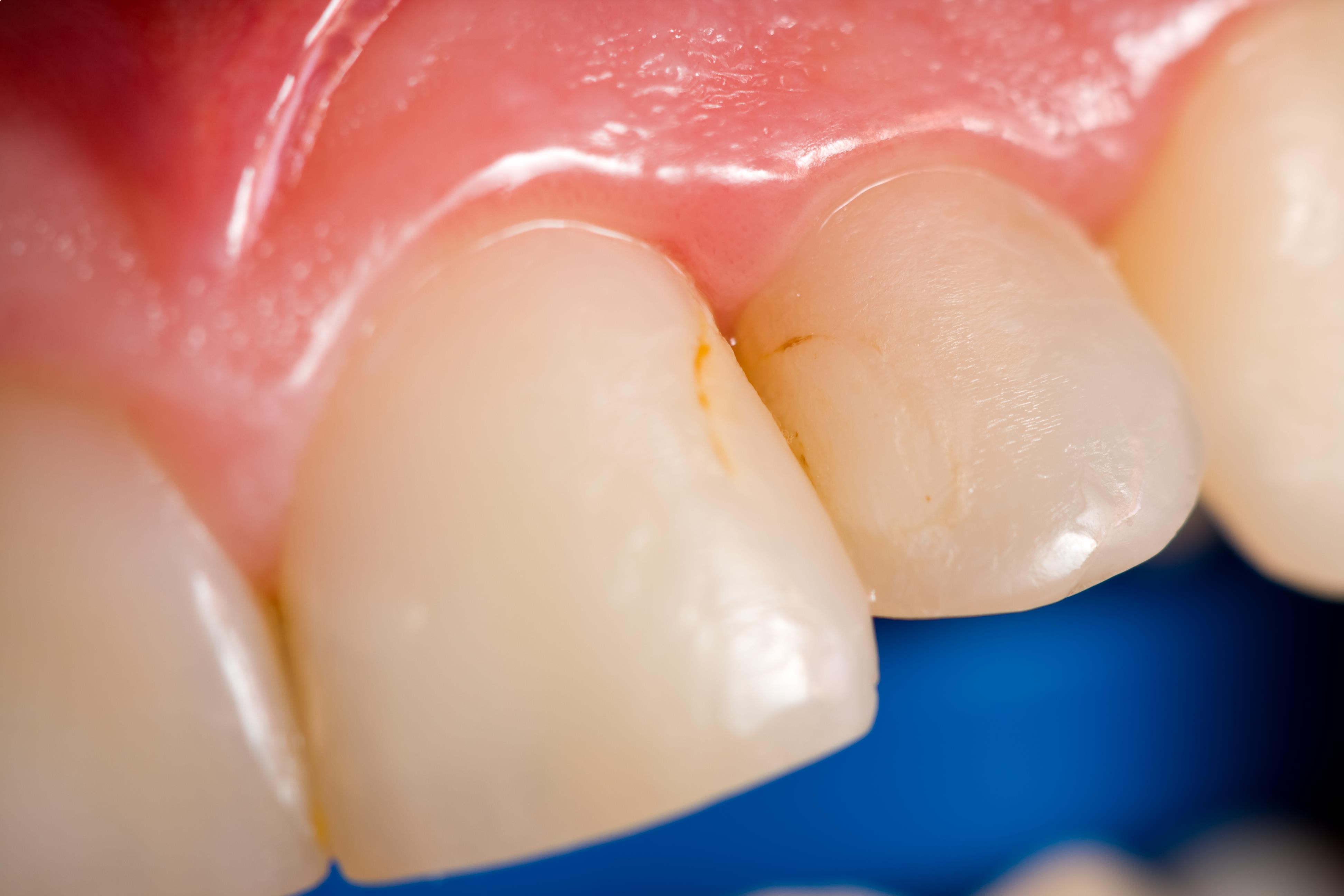Chocolate Toothache Solutions: Causes & Cures
The sweet temptation of chocolate can sometimes lead to an unexpected and unwelcome companion: a toothache. For many, the pleasure of indulging in chocolatey treats is overshadowed by the pain and discomfort that follows. But what exactly causes chocolate-induced toothaches, and more importantly, how can we find relief and continue to enjoy our beloved chocolate without the lingering agony? Let’s dive into the world of chocolate and toothaches, exploring the causes, effects, and most crucially, the solutions.
Understanding Toothaches
Before we delve into the specifics of chocolate-related toothaches, it’s essential to understand what a toothache is. A toothache refers to any pain or discomfort in and around the teeth and jaws. This pain can range from mild and occasional to severe and constant, significantly impacting an individual’s quality of life. Toothaches can be caused by a variety of factors, including tooth decay, gum disease, dental work, and even the consumption of certain foods and beverages.
The Role of Chocolate in Toothaches
Chocolate, particularly when consumed in large amounts or frequently, can contribute to toothaches. The primary culprit behind chocolate-induced toothaches is sugar. Chocolate contains high amounts of sugar, which acts as a food source for the bacteria in the mouth. When these bacteria feed on sugar, they produce acid, which can lead to tooth decay and eventually cause a toothache.
Moreover, chocolate can be sticky, especially if it contains nuts, caramel, or other chewy ingredients. This stickiness can cause chocolate particles to remain on the teeth for extended periods, giving bacteria more time to produce harmful acids. Additionally, some chocolates, especially dark ones, contain oxalic acid, which can potentially erode tooth enamel and increase the risk of tooth sensitivity and pain.
The Psychological Aspect
Interestingly, the perception of pain can sometimes be influenced by psychological factors. The anticipation of pain or the belief that chocolate will cause a toothache can lead to heightened sensitivity. This phenomenon, known as the nocebo effect, can make individuals more prone to experiencing pain when they consume chocolate, even if the actual physical cause is minimal.
Solutions and Prevention
Fortunately, toothaches caused by chocolate are preventable and treatable. Here are several strategies to enjoy chocolate while minimizing the risk of toothaches:
Practice Good Oral Hygiene: Regular brushing and flossing can help remove sugar and food particles from teeth, reducing the risk of tooth decay and sensitivity. Pay special attention to the areas where chocolate tends to get stuck.
Choose Chocolate Wisely: Opting for dark chocolate, which generally contains less sugar than milk chocolate, might be a better choice for those concerned about sugar intake. However, it’s essential to check the ingredients and be mindful of added sugars.
Limit Consumption: Enjoying chocolate in moderation can significantly reduce the risk of toothaches. Setting a limit on the amount and frequency of chocolate consumption can help balance the pleasure of eating chocolate with dental health.
Rinse with Water: After consuming chocolate, rinsing the mouth with water can help remove loose particles and reduce the acidity in the mouth.
Visit Your Dentist: Regular dental check-ups can help identify and address any oral health issues early on. Dentists can provide personalized advice on how to manage tooth sensitivity and prevent further problems.
Consider Fluoride: Using fluoride toothpaste and mouthwash can help strengthen tooth enamel, making teeth more resistant to decay and sensitivity.
FAQ Section
Can toothaches caused by chocolate be a sign of an underlying dental issue?
+Yes, frequent or severe toothaches after consuming chocolate could indicate an underlying dental issue such as tooth decay, gum disease, or existing tooth sensitivity. It's crucial to consult a dentist for a proper evaluation.
How can I reduce the stickiness of chocolate to prevent it from getting stuck in my teeth?
+Eating chocolate as part of a meal or with other less sticky foods can help. Additionally, drinking water or other fluids while consuming chocolate can aid in washing down particles and reducing stickiness.
Are there any specific ingredients in chocolate that are better or worse for dental health?
+Ingredients like nuts, caramel, and marshmallows can increase the stickiness of chocolate and potentially lead to more dental issues. On the other hand, some studies suggest that certain compounds in dark chocolate may have antioxidant properties beneficial for overall health, including oral health, when consumed in moderation.
Conclusion
Enjoying chocolate does not have to be a painful experience. By understanding the causes of chocolate-induced toothaches and implementing simple preventive measures, individuals can minimize the risk of discomfort and continue to indulge in their favorite treats. Remember, moderation and good oral hygiene are key to enjoying chocolate without the pain. So, go ahead and savor that piece of chocolate, knowing you’re taking the right steps to protect your teeth and your enjoyment of life’s sweet pleasures.

